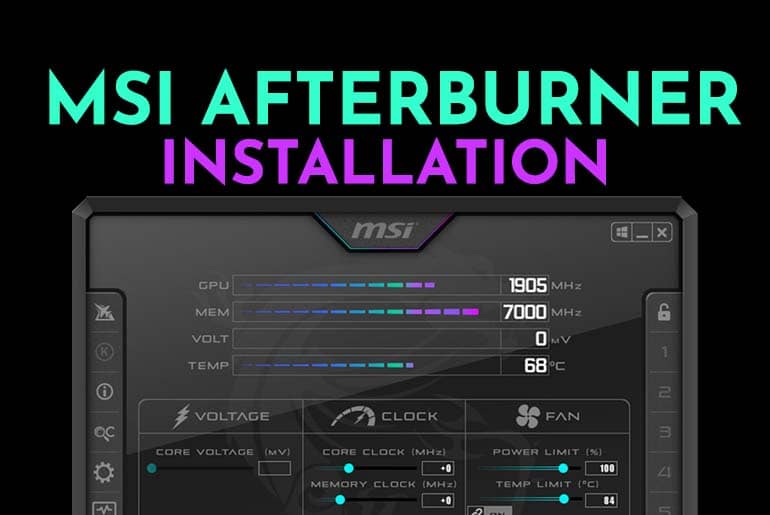

Just be sure to Google a disassembly guide for your specific graphics card model before you start tearing your precious, pricey hardware apart willy-nilly. “For a 20-minute project with a $35 bracket, that’s not bad.” “I saw significant reduction in heat and noise by going with liquid, and none of the throttling I saw on air cooling,” hardware editor Gordon Mah Ung wrote after using a Corsair bracket to attach a CPU closed-loop liquid cooler to a reference Radeon R9 290. We’ve got a guide to water-cooling your GPU, and hot-running enthusiasts with nothing to lose might find the upgrade worthwhile. If you really wanted to get adventurous in your quest for lower temperatures, you could swap out your graphics card’s cooling system for a liquid-cooling option while you’ve got it disassembled, though it’s overkill for most people. Our guide to making your old graphics card run like new is several years old, but the basic technique still applies to today’s GPUs.


You could try to replace it if all else fails, though the process is highly technical, varies card-by-card, and voids the hell out of your warranty. And sometimes, graphics cards ship with poor thermal paste application, though it’s very rare. Our guide to picking the perfect PC case can help.įinally, sometimes the thermal paste between the GPU and the heatsink can become dry and lose its effectiveness, most commonly in graphics cards that are many years old. Even larger cases can strangle airflow if they’re poorly designed, however. If you have a particularly small case, and your graphics card keeps overheating and shutting down, consider upgrading to a more spacious model.

Small form factor systems can deliver a big punch these days, but the constrained space can send hardware temperatures skyrocketing. Your hot graphics card could cool down in a more spacious case.


 0 kommentar(er)
0 kommentar(er)
